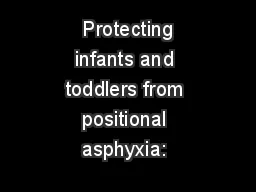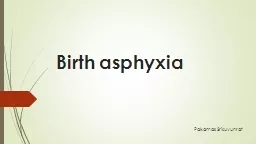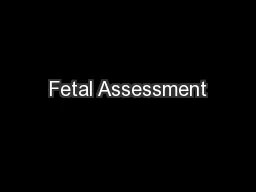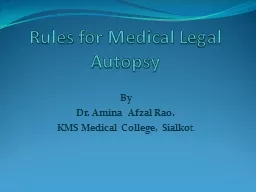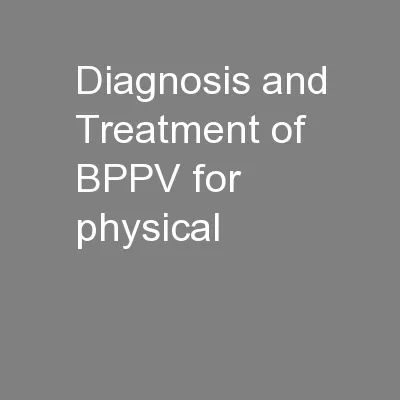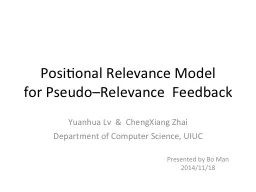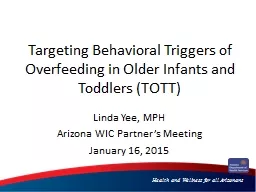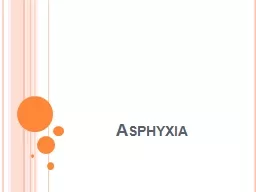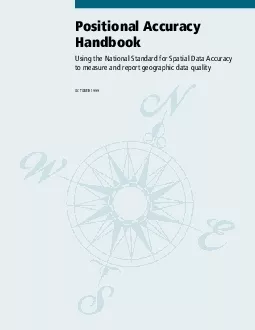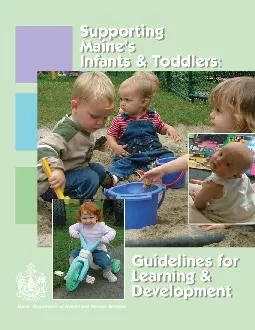PPT-Protecting infants and toddlers from positional asphyxia:
Author : tatyana-admore | Published Date : 2020-04-03
Car seats and sling carriers 15 minute lesson Gina Peek PhD Laura HubbsTait PhD What is positional asphyxia Who is at risk and why Newborns and young infants They
Presentation Embed Code
Download Presentation
Download Presentation The PPT/PDF document " Protecting infants and toddlers from po..." is the property of its rightful owner. Permission is granted to download and print the materials on this website for personal, non-commercial use only, and to display it on your personal computer provided you do not modify the materials and that you retain all copyright notices contained in the materials. By downloading content from our website, you accept the terms of this agreement.
Protecting infants and toddlers from positional asphyxia: : Transcript
Download Rules Of Document
" Protecting infants and toddlers from positional asphyxia: "The content belongs to its owner. You may download and print it for personal use, without modification, and keep all copyright notices. By downloading, you agree to these terms.
Related Documents

